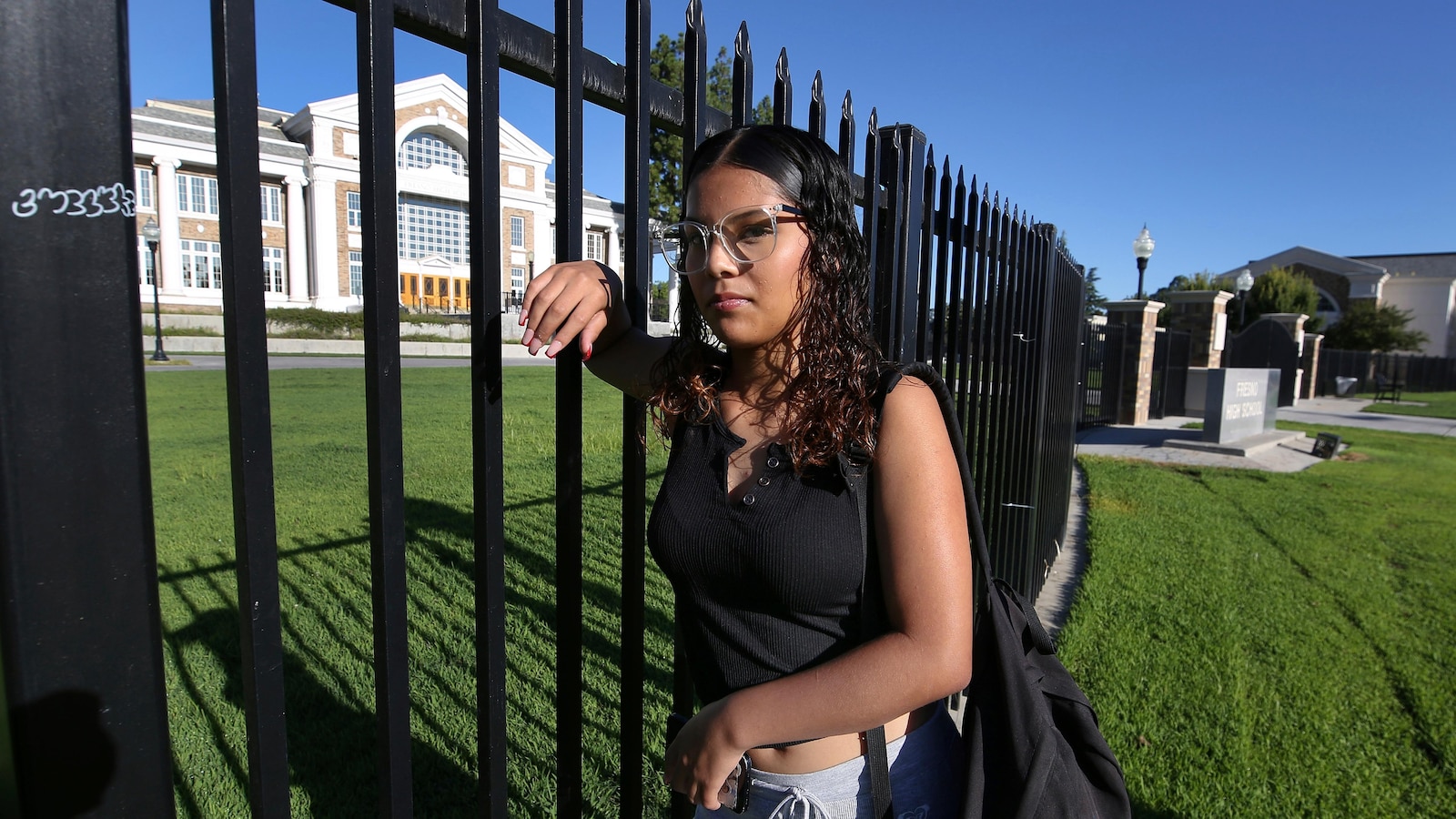Years after COVID, nearly every state is still struggling with school attendance
Schools have made slow progress on record absenteeism, with millions of kids still skipping class
Despite the COVID-19 pandemic largely subsiding, schools across the United States continue to grapple with chronic absenteeism, with nearly one in four students missing at least 10% of the school year.
This represents a significant increase from pre-pandemic levels, when only 15% of students were chronically absent. The problem appears to have passed its peak, but almost every state still has higher absenteeism rates than before the pandemic.
Schools are working to identify students with slipping attendance and provide help, but experts say more creative solutions are needed to address the underlying causes of absenteeism.
The underlying causes
The reasons for chronic absenteeism are complex and vary from student to student. However, some of the most common causes include:
- Financial hardship
- Transportation problems
- Mild illness
- Mental health struggles
In some cases, students may be missing school because they are struggling academically and feel overwhelmed or discouraged.
The consequences of chronic absenteeism
Chronic absenteeism can have a negative impact on students’ academic achievement, social development, and overall well-being.
Students who miss school are more likely to fall behind in their studies and struggle to keep up with their peers. They are also more likely to experience social isolation and have difficulty forming relationships with their classmates.
In the long term, chronic absenteeism can increase the risk of dropping out of school and lead to lower levels of educational attainment.
What schools are doing to address the problem
Schools are implementing a variety of strategies to address chronic absenteeism, including:
- Tracking student attendance and identifying students who are at risk of becoming chronically absent
- Providing support services to students who are struggling with academic, social, or emotional challenges
- Working with parents and families to improve communication and ensure that students are aware of the importance of regular attendance
- Creating a positive and welcoming school environment where students feel supported and engaged
Some schools are also experimenting with more innovative approaches, such as offering incentives for good attendance or providing transportation to students who live far from school.
What parents can do to help
Parents can play a vital role in helping their children avoid chronic absenteeism.
Here are some tips:
- Make sure your child gets enough sleep and is healthy enough to attend school each day.
- Talk to your child about the importance of regular attendance and help them develop a positive attitude towards school.
- Stay in communication with your child’s teachers and school administrators to be aware of any attendance issues.
- Work with the school to find solutions to any barriers that may be preventing your child from attending school regularly.
By working together, schools, parents, and communities can help reduce chronic absenteeism and ensure that all students have the opportunity to succeed.
